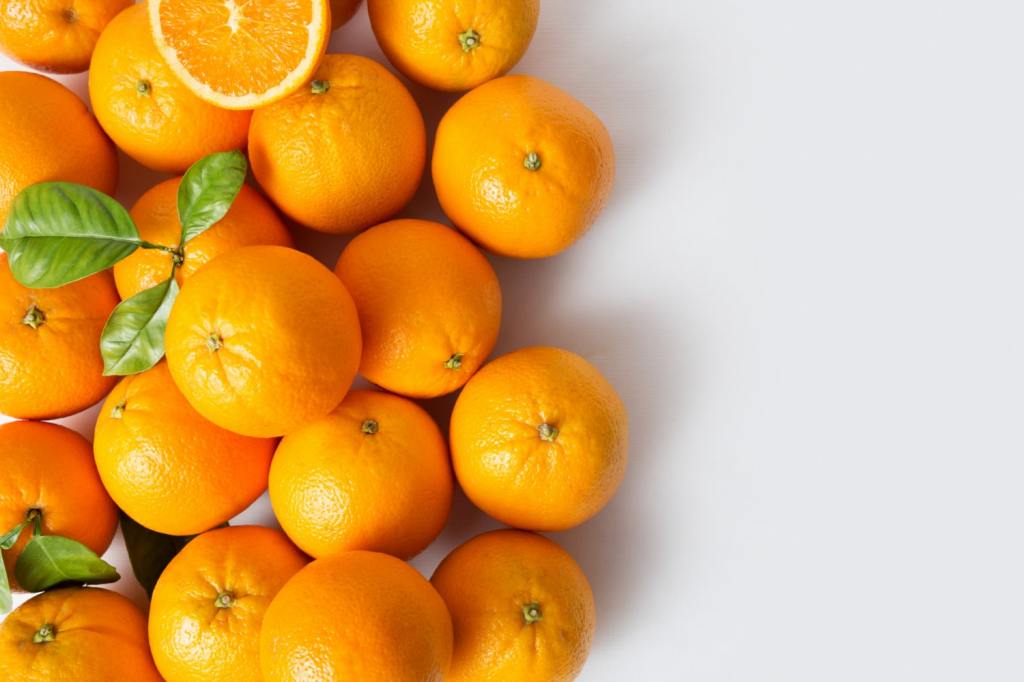
Nigerian cuisine is a vibrant tapestry of flavors and traditions that captivate the senses and tell the story of a rich and diverse culture. Amidst this culinary treasure trove lies agidi, a cherished dish that has been a staple of Nigerian households for generations. Agidi, also known as eko in some regions, is a versatile, nutritious, and deeply satisfying food made from fermented maize or cassava. Its simplicity belies its ability to both comfort the soul and awaken the palate.
What is Agidi?
Agidi, also known as eko in some regions of Nigeria, is a traditional Nigerian dish made from fermented maize (corn) or cassava. It is a gelatinous, pudding-like food with a slightly sour taste due to the fermentation process. Agidi is a versatile food that can be eaten on its own or used as an accompaniment to various Nigerian soups and stews.
What Does Agidi taste like?
Agidi, due to its fermentation process, has a unique taste profile. It has a slightly sour and tangy flavor, which is a result of the natural fermentation of the maize or cassava used in its preparation. The sourness is not overpowering but rather subtle and complementary to the overall taste.
The primary taste of agidi is somewhat neutral, allowing it to pair well with a variety of Nigerian soups and sauces. Its mild flavor makes it an excellent accompaniment to more intensely flavored dishes, as it can absorb the flavors of the accompanying sauces and provide a contrasting texture.
What Does Agidi look like?
Agidi is usually white or off-white in color. The texture of agidi is gelatinous and firm, similar to a dense pudding or jelly. It is often molded into a block or rectangle shape and has a smooth surface.
Nutritional Value of Agidi
Here is an overview of the general nutritional components of Agidi:
Carbohydrates: Agidi is primarily composed of carbohydrates, which come from the maize or cassava used as its base. Carbohydrates provide energy and are a significant part of the Nigerian diet.
Protein: While agidi contains some protein, it is not a high-protein food. However, when served with Nigerian soups and stews that include protein-rich ingredients like meat, fish, or legumes, it contributes to the overall protein content of the meal.
Fiber: Agidi may contain dietary fiber, especially when made from cassava. Fiber is essential for digestive health and may help regulate blood sugar levels.
Vitamins: Agidi can provide some vitamins, such as vitamin C and certain B vitamins, depending on the fermentation process and the type of maize or cassava used. Fermentation can enhance the availability of certain nutrients.
Minerals: Agidi contains various minerals, including calcium, phosphorus, and iron. These minerals are essential for bone health, energy metabolism, and overall well-being.
How to Make Agidi
Ingredients
- 2 cups of corn flour
- 4 cups of water
- A pinch of salt (optional)
- Banana leaves or plastic wrap (for shaping and setting)
Instructions
Prepare the Flour: Start by measuring out the corn flour into a large mixing bowl. Add a pinch of salt if desired. The salt is optional and can be adjusted to your taste preferences.
Mix with Water: Gradually add water to the flour while continuously stirring. Use a wooden spoon or your hand to mix the flour and water until you have a smooth, lump-free consistency. The mixture should resemble a thick, pourable batter.
Cook the Mixture: Transfer the mixture to a clean, non-stick pot or saucepan. Cook the mixture over medium heat, stirring constantly. Be diligent about stirring to prevent lumps from forming. Continue Stirring: As the mixture heats up, it will begin to thicken. Keep stirring to avoid burning or sticking to the bottom of the pot. Reduce the heat if necessary.
Thickening Process: The agidi mixture will gradually transform from a liquid to a thick, gel-like consistency. This process may take around 10-15 minutes. Ensure it is cooked through and doesn’t taste raw.
Shape and Set: While the mixture is still hot and pliable, you can shape it into desired forms. Traditionally, agidi is shaped into rectangular blocks or cut into slices. To shape agidi, use banana leaves or plastic wrap to line a container or tray. Place the hot agidi mixture onto the lined surface, shaping it as you desire. You can use a knife or spatula to smooth the top and create an even surface.
Allow to Cool and Set: Allow the shaped agidi to cool and set at room temperature for a few hours or until it becomes firm. The cooling and setting process may take anywhere from 2-4 hours, depending on the thickness of your agidi.
What to Eat with Agidi?
Agidi is a versatile food that can be enjoyed on its own or paired with a variety of Nigerian soups and stews. Here are some popular dishes and accompaniments to eat with agidi:
Egusi Soup: Egusi soup is a rich and flavorful Nigerian soup made from ground melon seeds and often contains vegetables, meat, or fish. Agidi pairs well with the thick and hearty texture of egusi soup.
Vegetable Soup (Ofe Oha or Ofe Onugbu): Nigerian vegetable soups like Ofe Oha or Ofe Onugbu feature leafy vegetables and other ingredients like meats, stockfish, and assorted spices. Agidi provides a nice contrast to the flavors and textures of these soups.
Groundnut (Peanut) Soup: Groundnut soup is a savory peanut-based Nigerian dish that can be served with agidi. The creamy and nutty sauce complements agidi’s mild taste.
Okra Soup (Ofe Okro): Okra soup is another popular Nigerian dish that features okra as the main ingredient. It’s often served with agidi, creating a satisfying combination of flavors and textures.
Where to Buy Agidi?
African Grocery Stores offer a wide range of African food products, including agidi. If you don’t have the ingredients to make Eko you can find ready-made agidi at stores like our African Food Store.
Conclusion
Agidi is a cherished and versatile Nigerian dish that holds a special place in the hearts and homes of many. While its preparation may require patience and practice, mastering the art of making agidi is a rewarding journey into the heart of Nigerian cuisine. With just a few basic ingredients and a little culinary know-how, you can create this delightful gelatinous delight in your own kitchen.






Leave a comment